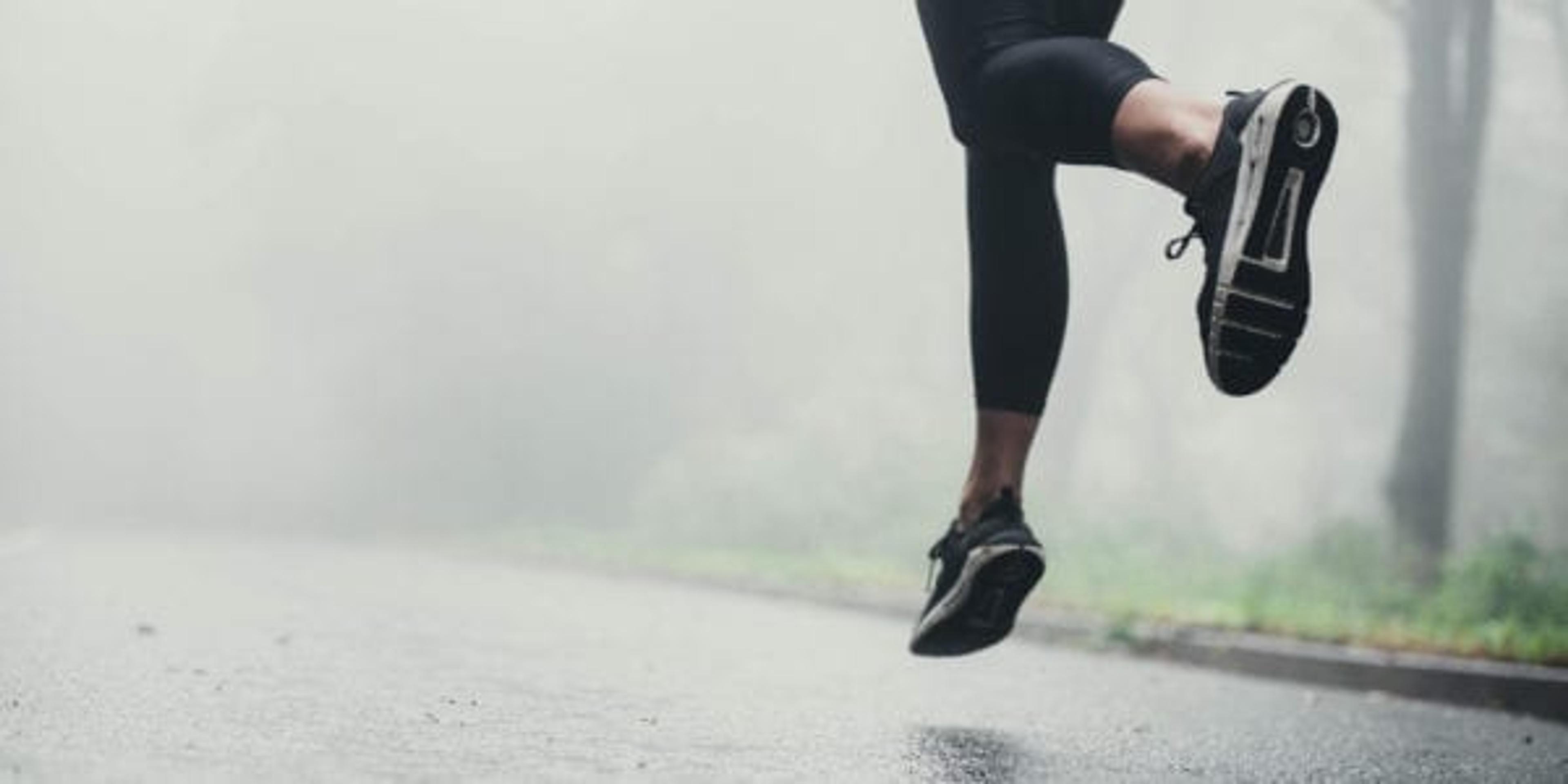Don’t Let Blisters Get in the Way of Your Running Plans
| 2 min read

Let’s say you’ve decided to make running a half marathon one of your goals – congratulations! You’ve likely selected a training plan and started hitting the trails for long weekend runs, building up your endurance for 13.1 miles. You’re sure to pick up many great things along the way, like a happier perspective, stronger bones and joints and improved physical fitness. But you might also pick up some not-so-great things, too – namely, blisters.
Almost every runner (especially ones who go long distances) has to deal with annoying and painful foot blisters at some point. Blisters can develop during training, interfering with even the best laid plans, or show up in the middle of a race, threatening to undo months of hard work.
But you don’t have to let blisters sideline your running aspirations! By following these tips, you can prevent blisters before they even start, or treat the annoying buggers so you don’t miss a step:
Prevention: It’s all about friction
- Friction causes blisters, and dry skin is more prone to friction. Regularly use skin creams or lotion on your feet to keep your skin hydrated. If you feel a blister developing, you can use Vaseline on the affected area for a more serious level of anti-friction protection.
- Choose synthetic socks, which wick moisture away from the skin, and socks with reinforced heels and toes. Some experts recommend wearing two pairs of thin socks so the friction occurs between the socks, rather than between the sock and your skin.
- Make sure your shoes fit properly, with no extra fabric at the toes or heels. Our running shoes guide has tips to help you find the perfect pair.
Treatment: To pop or not to pop
- Don’t bother small blisters. The skin is a protective barrier against infection, and the blister will likely disappear on its own. If it’s hurting you, Runner’s World recommends cutting a hole the size of the blister in the middle of a piece of moleskin, placing the moleskin over the blister (with the blister positioned in the cutout) and then covering the blister with gauze.
- If you’re dealing with a large and painful blister, you can use a needle to drain it. First, be sure to sterilize the needle with alcohol, or boil it in water for five to 10 minutes. Once you’ve pierced the blister, gently press out the fluid, apply antiseptic and cover the area.
Related:
Photo credit: Getty





